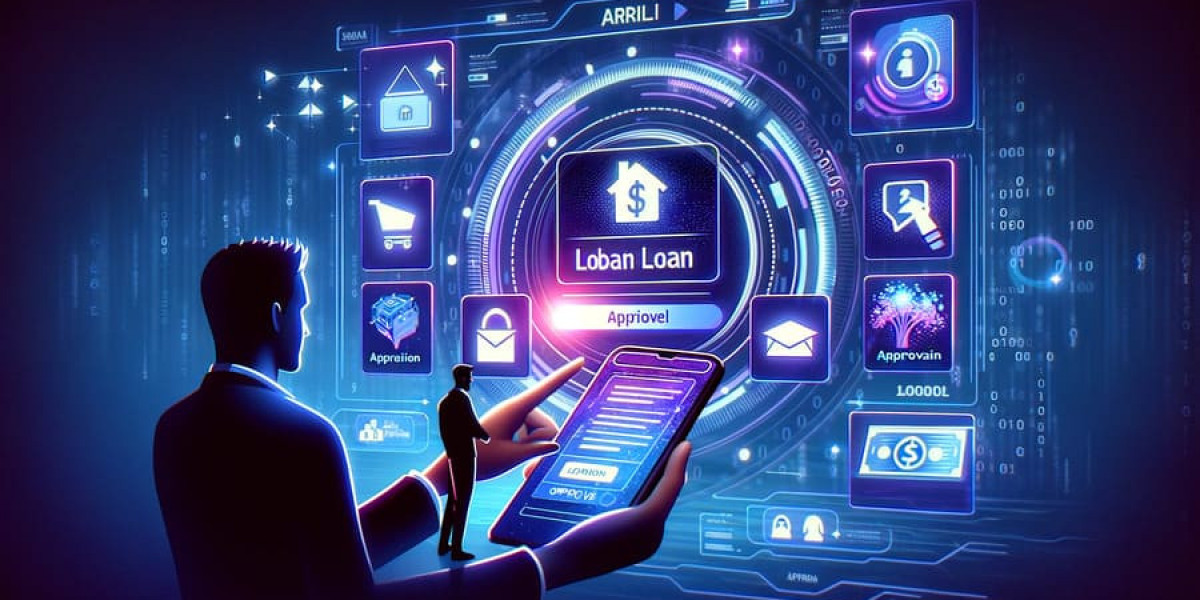In the rapidly evolving digital landscape of 2025, businesses are constantly striving for agility, efficiency, and innovation. Yet, many find themselves tethered to outdated legacy systems—software applications that, while once revolutionary, now pose significant roadblocks to progress. These systems, built on older technologies and architectures, are becoming more of a liability than an asset.
The statistics paint a clear picture of this growing challenge and the urgency of modernization. It's estimated that by 2025, up to 75% of IT budgets in many organizations are still being allocated to maintaining outdated legacy systems, leaving minimal resources for innovation. Furthermore, 65% of legacy systems are facing obsolescence issues, creating critical vulnerabilities. A significant portion of digital transformation efforts, around 34% according to some reports, are directly aimed at replacing or upgrading these legacy IT systems. These numbers underscore a critical truth: modernizing legacy systems isn't just a technical upgrade; it's a strategic imperative for any business aiming to thrive in the digital age.
The Hidden Costs of Holding Onto the Past
While the upfront cost of modernization might seem daunting, the hidden costs of clinging to legacy systems are often far greater. These include:
Skyrocketing Maintenance Costs: As mentioned, a huge chunk of IT budgets goes to keeping old systems running. This involves expensive licensing fees, finding scarce developers who understand archaic programming languages, and constant patching for vulnerabilities.
Security Vulnerabilities: Legacy systems were often designed in an era with far fewer cyber threats. They lack modern security protocols, making them prime targets for data breaches, ransomware, and other attacks. The average cost of a data breach can be astronomical, coupled with severe reputational damage.
Limited Scalability and Agility: Old systems were not built for the cloud, massive data volumes, or the rapid changes of today's market. They struggle to scale with business growth, hindering the ability to launch new products, expand into new markets, or adapt to shifting customer demands.
Integration Challenges: Legacy systems often exist in silos, making it incredibly difficult to integrate them with newer applications like CRM, cloud platforms, or IoT devices. This leads to fragmented data, inefficient workflows, and a lack of a holistic view of the business.
Reduced Productivity and Employee Morale: Cumbersome, slow, and unintuitive interfaces of legacy systems can frustrate employees, leading to decreased productivity, increased errors, and difficulty attracting and retaining top talent who prefer working with modern tools.
Poor Customer Experience: In an age where customers expect seamless digital experiences, legacy systems often fall short. They prevent businesses from offering omnichannel support, personalized interactions, or real-time services, directly impacting customer satisfaction and loyalty.
Compliance Risks: Evolving data protection and industry-specific regulations (like GDPR or HIPAA) are often difficult to meet with outdated systems, potentially leading to hefty fines and legal repercussions.
The Pathways to Modernization: Strategies for Success
Recognizing the need to modernize is the first step; choosing the right strategy is the next. A reputable software development company can guide businesses through this complex decision-making process. Here are common approaches:
Rehosting (Lift and Shift): Moving the legacy application to a new infrastructure, typically the cloud, with minimal changes to the code. This is often the fastest and least risky option for initial cost savings and scalability, but it doesn't address underlying architectural issues.
Replatforming: Migrating the application to a new platform (e.g., a new operating system or database) while making some minor code changes to leverage the new platform's capabilities. It offers more benefits than rehosting without a complete overhaul.
Refactoring: Restructuring or optimizing the existing code to improve its internal quality without changing its external behavior. This reduces technical debt, improves performance, and makes the system easier to maintain.
Re-architecting: Significantly altering the application's code and architecture to shift it to a new, modern paradigm, such as microservices or cloud-native architecture. This offers substantial long-term benefits in terms of scalability, agility, and innovation.
Rebuilding (Rewrite): Developing the application from scratch, preserving its original scope and specifications but using modern technologies and best practices. This is the most costly and time-consuming but offers the chance for a truly optimized, future-proof system.
Replacing: Purchasing a new, off-the-shelf solution to entirely supersede the legacy system. This is viable when the legacy system no longer meets core business needs and a suitable commercial product exists.
Encapsulation: Creating APIs or interfaces around the legacy system, allowing it to interact with modern applications without direct modification. This extends the life of the legacy system by integrating it into a broader digital ecosystem.
The Role of a Software Development Company
Navigating legacy system modernization requires specialized expertise. A professional software development company is an invaluable partner, offering:
Comprehensive Assessment: Conducting in-depth audits of your existing systems to identify technical debt, vulnerabilities, and potential for modernization, aligning it with your strategic business goals.
Strategy Formulation: Helping you choose the most suitable modernization approach based on your budget, timeline, risk tolerance, and desired outcomes.
Technical Expertise: Possessing the diverse skill sets (from legacy languages to cloud-native development, AI, and cybersecurity) required to execute complex modernization projects.
Risk Mitigation: Employing structured methodologies, phased approaches, and rigorous testing to minimize business disruption during the transition.
Data Migration & Integration: Ensuring the secure and accurate transfer of historical data and seamless integration with new and existing systems.
Post-Modernization Support: Providing ongoing maintenance, optimization, and future development to ensure the modernized system continues to meet evolving business needs.
Change Management: Assisting with training and communication to ensure smooth user adoption of the new systems.
A Strategic Imperative, Not Just an IT Project
Modernizing legacy systems is more than just a technical upgrade; it's a strategic investment in your organization's future. It unlocks agility, enhances security, improves efficiency, boosts employee productivity, and ultimately, elevates the customer experience. For businesses striving for true digital transformation in 2025 and beyond, shedding the shackles of outdated technology is not an option—it's a necessity for sustained growth and competitiveness. Partnering with the right software development company can make this journey a success, turning potential roadblocks into stepping stones for innovation.









